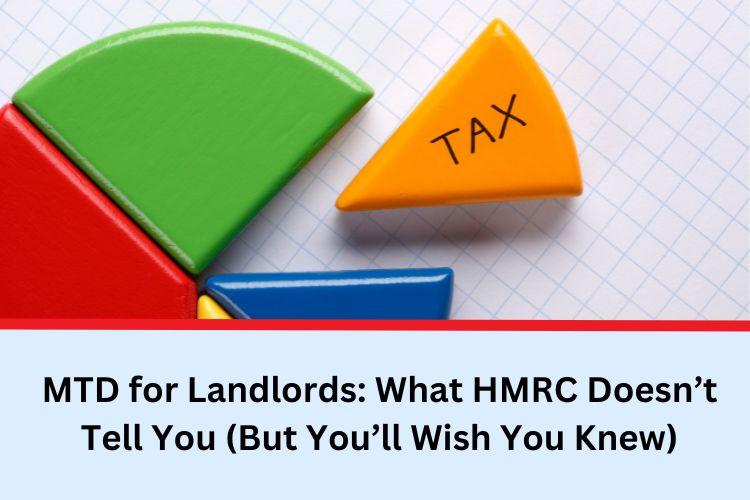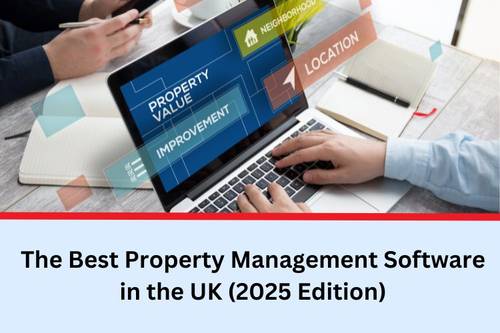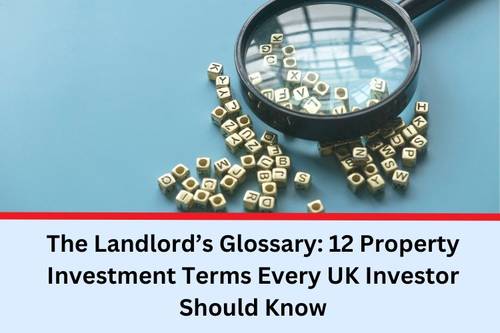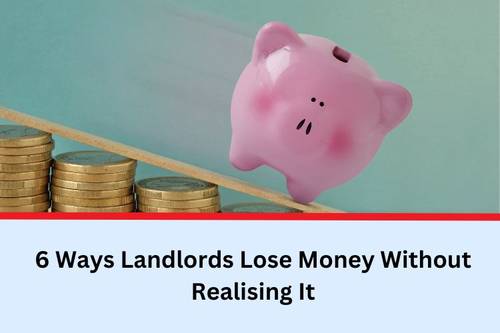If you’re a landlord, chances are you’ve heard of Making Tax Digital (MTD). And if you’re like most landlords we talk to, you’ve either already set a reminder for some time next year, or brushed it off because the deadline still seems ages away.
We get it. On the surface, MTD for landlords sounds like just another bit of government admin. But there’s a problem: what HMRC tells you is technically correct… but it leaves out the parts that actually matter when you’re the one doing the work.
So let’s walk through the side of MTD no one really talks about, what it actually means for landlords, what you should be doing now, and how to stay on top of it without letting it cause you extra stress.
What Is MTD for Landlords and When Does It Start?
Let’s start with the basics, in plain English.
Making Tax Digital for Income Tax is a new way for landlords and the self-employed to report income to HMRC. Instead of doing one big annual tax return, you’ll need to submit quarterly updates plus a final declaration at the end of the tax year.
Which landlords does MTD apply to?
From April 2026, if you earn over £50,000 a year from property (gross rental income, not profit), you’ll need to comply. The threshold drops to £30,000 in April 2027, then £20,000 in April 2028, and more changes may follow.
HMRC’s official guidance is important and factual, but here’s what it doesn’t really prepare you for.
MTD Is Mostly About Record Keeping, Not Submitting
You might think the biggest change is the fact that you’ll need to submit tax returns more often. And sure, quarterly submissions sound like a hassle at first, but in reality the real work is in how you keep records, not how often you send them in.
Under MTD, HMRC requires:
- Digital records (no more handwritten ledgers or half-updated spreadsheets)
- Categorised income and expenses, matched to their reporting format
- Timely logging, each transaction, recorded when it happens
This isn’t about uploading a spreadsheet with your property data once a year. It’s about consistently building a habit of digital, detailed record keeping.
What HMRC Doesn’t Tell You (But Catches Most Landlords Out)
1. You can’t just tidy up at the end of the year anymore
Lots of landlords and self employed people rely on a frantic weekend in January to pull everything together. That won’t fly with MTD. You’ll be expected to submit accurate figures every three months, and the deadlines won’t wait.
2. Using spreadsheets might still be allowed… but it’s risky
Yes, HMRC says you can use spreadsheets with bridging software. But that’s assuming you:
- Keep everything accurate and structured
- Avoid formula errors
- Don’t forget to back it up regularly
In reality, it’s an awkward workaround. MTD-ready software makes life easier, especially if it automates income tracking and categorises expenses for you.
3. Quarterly reports still need detail
It’s not just: “Here’s what I earned.” HMRC wants the breakdown, rental income, allowable expenses, mortgage interest (if applicable), and so on. Keeping this clean as you go means less stress and fewer errors.
How Landlords Can Start Preparing for MTD (Even if You’re Not Submitting Yet)
Here’s where things get practical. You don’t need to wait until 2026 to do something useful. In fact, waiting is the one mistake we see over and over again.
Here’s what you can do now to future proof yourself:
Step 1: Go digital with your property record keeping
Start logging rental income and expenses in software (or at least in a structured system). Store receipts digitally. If you’re already using PaTMa, check your logs for gaps or uncategorised items.
Step 2: Separate your property finances
Keep property income and expenses distinct from personal spending, ideally in a separate bank account. This makes reporting much easier later.
Step 3: Understand what counts as ‘income’
The MTD threshold is based on gross income, not profit. So it includes all rent received, even if you’re also paying out hefty mortgage costs or agent fees. This catches some landlords by surprise.
What Software Should Landlords Use for MTD?
While HMRC doesn’t endorse specific tools, you’re required to use compatible MTD software to submit returns. That means your system must link directly to HMRC’s APIs and follow their digital record standards.
PaTMa’s Property Manager is already approved and designed specifically for self-managing landlords, with tools to:
- Automatically track rent payments
- Categorise income and expenses
- Store digital receipts and notes
- Submit directly to HMRC when required
MTD Doesn’t Need to Be a Nightmare
The truth is, Making Tax Digital is a big shift for landlords but it doesn’t have to be painful. With a bit of planning and the right tools, most landlords can make the transition smoothly and even use it as a chance to get more organised.




